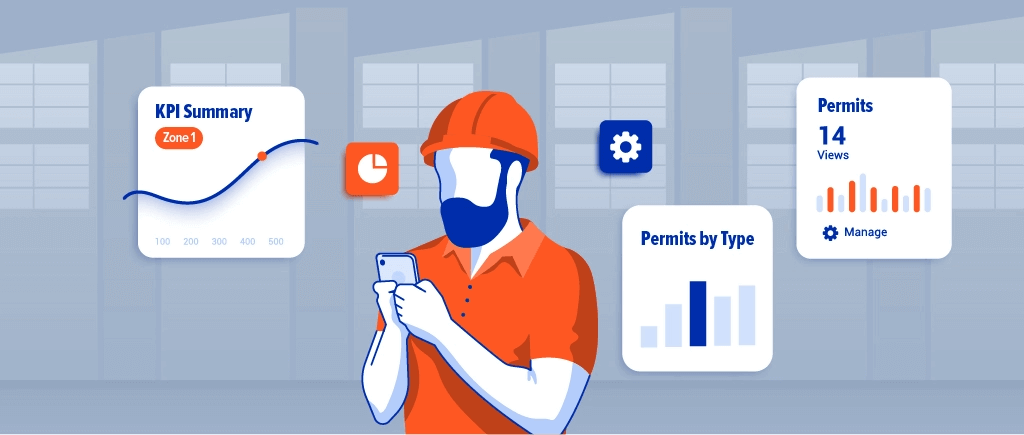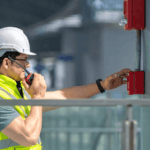
Measuring Success of Your Permit to Work Optimization
In an earlier article, we discussed the strategies for optimizing PTW processes. In this blog post, we’ll discuss the importance of measuring success in optimizing PTW processes and reducing permit completion time. We’ll also look at some key performance indicators that businesses can use to track their progress and identify areas for improvement.
Why Measuring Success is Important:
Measuring the success of PTW optimization efforts is critical for businesses looking to improve their processes and reduce permit completion time. Without measuring success, it’s difficult to know whether optimization efforts are working, and where adjustments need to be made. Measuring success also allows businesses to identify areas where they’re falling short, so they can make improvements and continue to optimize their processes.

Key Performance Indicators (KPIs):
There are several KPIs that businesses can use to measure the success of their permit to work optimization efforts. Some of the most common include:

Permit cycle time: This KPI measures the time it takes to complete a permit, from start to finish. By tracking permit cycle time, businesses can identify areas where their processes are slowing down, and make changes to speed up the process.

Permit approval rate: This KPI measures the percentage of permits that are approved on the first attempt. A low approval rate can indicate a need for additional training or process improvements.

Safety incidents: This KPI measures the number of safety incidents that occur during the permit process. A decrease in safety incidents can indicate that PTW optimization efforts are working and that the process is becoming safer.

User satisfaction: This KPI measures user satisfaction with the PTW process. By gathering feedback from users, businesses can identify areas where the process can be improved to better meet their needs.
Permit to Work best practices:
Optimizing the permit to work process is critical for ensuring workplace safety and minimizing risks. Here are some best practices that organizations can implement to streamline their permit to work process:

Automation tools: Utilizing digital permit to work software can help automate the process, reduce paperwork, and improve accuracy. Automation can also help managers track permits and ensure that all necessary approvals have been obtained.

Safety culture: Creating a culture of safety can help ensure that employees are invested in the permit to work process. This can be achieved by promoting open communication, conducting regular safety training, and encouraging employees to report potential hazards.

Employee training: Providing employees with the necessary training to complete permits can help improve accuracy and reduce delays. Training should cover the importance of the permit to work process, how to complete permits, and the consequences of not following the process.
Measuring success is critical for businesses looking to optimize their PTW processes and reduce permit completion time. By tracking key performance indicators, businesses can identify areas for improvement and make changes to their processes that will lead to greater efficiency and safety.

Ramesh Nair is the Founder and Principal Partner of Niyati Technologies, the company behind Safetymint.
He’s a dedicated advocate for workplace safety. Ramesh firmly believes that every individual deserves to return home safely after a day’s work. Safetymint, the innovative safety management software, emerged from this conviction. It’s a platform designed to streamline safety management, empower safety professionals, and enhance safety in workplaces.
Through his blog, Ramesh shares insights, best practices, and innovative solutions for workplace safety. Visit his social media profiles to follow him for regular updates.



